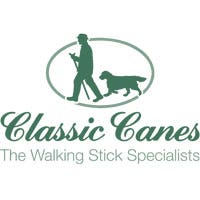Classic Canes

JUST ARRIVED New gear to help you make the most of your adventures - SHOP NOW »
FREE FLY FORTNIGHT Buy 5 flies, get the cheapest FREE. Ends 13th March - SHOP NOW »
END OF SUMMER SALE Over 50% off selected clothing, tackle & accessories - SHOP NOW »
WIN A HARDY MARKSMAN Your chance to WIN a brand new Hardy rod - ENTER NOW »
BLACK FRIDAY WEEKEND DRAW Your chance to WIN a £500 voucher* each day - Terms Apply »
JANUARY SALE Up to 35% off selected clothing, tackle & accessories - SHOP NOW »
